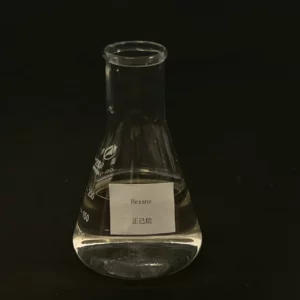Alkanes, being saturated hydrocarbons with only single bonds between carbon atoms, generally exhibit low reactivity compared to unsaturated hydrocarbons (compounds with double or triple bonds). The reactivity of alkanes is influenced by factors such as bond strength, stability of reaction intermediates, and the presence of reactive functional groups.
Here are some ways in which alkanes can influence the rate of reactions:
- Low Reactivity in General:
- Alkanes are known for their low reactivity. The carbon-carbon single bonds in alkanes are relatively strong, and the electrons in these bonds are well-shielded.
- The absence of readily available electrons for reactions makes alkanes less reactive compared to compounds with multiple bonds.
- Halogenation Reactivity:
- Alkanes can undergo halogenation reactions (e.g., chlorination or bromination), particularly under radical conditions.
- The rate of halogenation is influenced by factors like the strength of the C-H bonds in the alkane.
- Initiation, Propagation, and Termination:
- In radical reactions involving alkanes, such as free radical halogenation, the initiation step involves the generation of radicals.
- Propagation steps involve the reaction of alkane radicals with halogens. Termination steps occur when radicals combine.
- The overall rate is influenced by the rate of initiation, propagation, and termination steps.
- Activation Energy:
- Alkanes generally have higher activation energies for reactions due to the strength of carbon-carbon single bonds.
- The higher activation energy can result in slower reaction rates compared to more reactive compounds.
- Substitution Reactions:
- Alkanes can undergo substitution reactions, where one or more hydrogen atoms are replaced by other atoms or groups.
- The rate of substitution reactions is generally slower for alkanes compared to unsaturated hydrocarbons.
- Functional Group Inertness:
- Alkanes lack reactive functional groups (such as double or triple bonds) that are more prone to participate in chemical reactions.
- The absence of these groups contributes to the overall inertness of alkanes.
- Isomer Influence:
- The rate of reaction can be influenced by the isomeric structure of the alkane.
- Branched alkanes may react more readily than their straight-chain counterparts due to differences in steric hindrance.
- Temperature Dependency:
- The rate of reactions involving alkanes may increase with higher temperatures.
- Elevated temperatures provide additional energy to overcome activation barriers, potentially increasing reaction rates.
- Catalytic Influence:
- Catalytic systems can be employed to enhance the reactivity of alkanes in certain reactions.
- Transition metal catalysts, for example, China Alkanes manufacturers can facilitate the activation of C-H bonds in alkanes.
- Combustion Reactivity:
- Alkanes are highly reactive in combustion reactions with oxygen.
- The rate of combustion is influenced by factors like the concentration of oxygen and the ignition source.
It’s important to note that while alkanes themselves may exhibit low reactivity, they can serve as starting materials for the synthesis of more reactive compounds. Functionalization or activation of alkanes often requires specific conditions or catalysts to overcome the inert nature of the carbon-carbon single bonds. Additionally, the rate of reactions can vary among different types of alkanes, depending on their structure and the specific reaction conditions employed.
